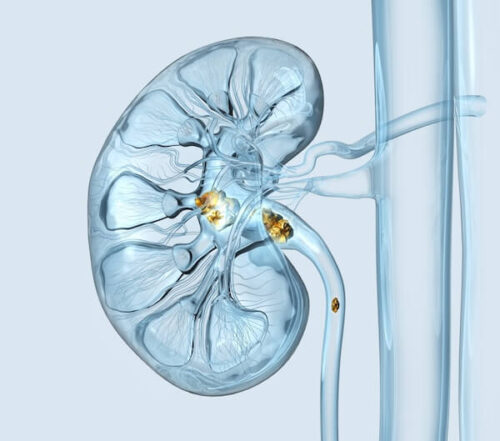Exercise Lowers Blood Pressure
Effect of aerobic exercise on blood pressure: a meta-analysis of randomized, controlled trials by Seamus Whelton in the April 2002 issue of the Annals of Internal Medicine found exercise lowers blood pressure in people with and without hypertension.1 The average reduction was 3.84 mm Hg systolic (top number) and 2.58 mm Hg diastolic (bottom number). There were fifty-four trials that seemed to be of scientific value were examined.
COMMENT: More than 50 million people in the United States suffer from elevated blood pressure. This condition is associated with strokes, heart attacks, heart failure, and kidney disease. But in truth, high blood pressure is a sign of the condition of the cardiovascular system and not a disease in itself. I have never seen a person die of high blood pressure – would their head explode?
People with high blood pressure die of diseases of rotten arteries (atherosclerosis). For example, the arteries of the heart become blocked and the heart muscle dies – the person has a heart attack. The blood pressure elevation does not cause the vessel to burst. Rather the high blood pressure reflects a poor condition of the blood vessels. These arteries are diseased, weakened, and clogged with plaque. What kills are the plaques that burst internally, after they become overstuffed with fat and cholesterol, which cause the artery to close down.
When we treat high blood pressure with medications we reduce the sign of the problem, but this results in little benefit, if any, in lessening the threat of heart attacks, strokes, or death. However, when we eat well or exercise we do something really valuable for our health – we make our arteries stronger and less likely to become clogged from ruptured plaques. So this study showing a lower blood pressure is really important, because this lower blood pressure reflects a healthier condition of the arteries – they are more compliant (supple), less clogged, and most importantly, stronger, so they are less likely to rupture internally. (You can learn much more about plaque rupture by reading The McDougall Program for a Healthy Heart book.)
Lowering blood pressure through exercise is just one sign of the bigger picture – a longer, healthier life. On March 14, 2002 the New England Journal of Medicine published a study showing that increased exercise capacity was one of the strongest predictors of a decreased risk of death.2 They studied 6,213 men referred for a treadmill stress test and found that their exercise capacity was a stronger predictor of death than other established risk factors like high blood pressure, diabetes, smoking, and changes in EKGs during exercise. Exercise reduces blood pressure, triglycerides, body weight, and blood sugar. Blood vessel function and tone (elasticity) are improved. The risk of blood clot formation and inflammation of the arteries that leads to blood clot formation is also reduced.
Overall, exercise is a real bonus to your life. It is one of those few things you have complete control over (unlike stress and bad luck, for example). It is cost- and side effect-free, and can be really fun if you pick something you like doing (I’m an avid windsurfer). So today pick your favorite activity, put it into your schedule and do it every day – preferably 30 minutes a day. This along with a healthy diet (low-fat, plant-food based — which you can also control 100%), will give you the best chances of staying healthy and active until a ripe old age.
References:
1) Whelton SP. Effect of aerobic exercise on blood pressure: a meta-analysis of randomized, controlled trials. Ann Intern Med. 2002 Apr 2;136(7):493-503.
2) Myers J. Exercise capacity and mortality among men referred for exercise testing.
N Engl J Med. 2002 Mar 14;346(11):793-801.
Recommended Articles

How Can Starch Improve My Diabetes?

The Truth About Oxalates & Kidney Stones






